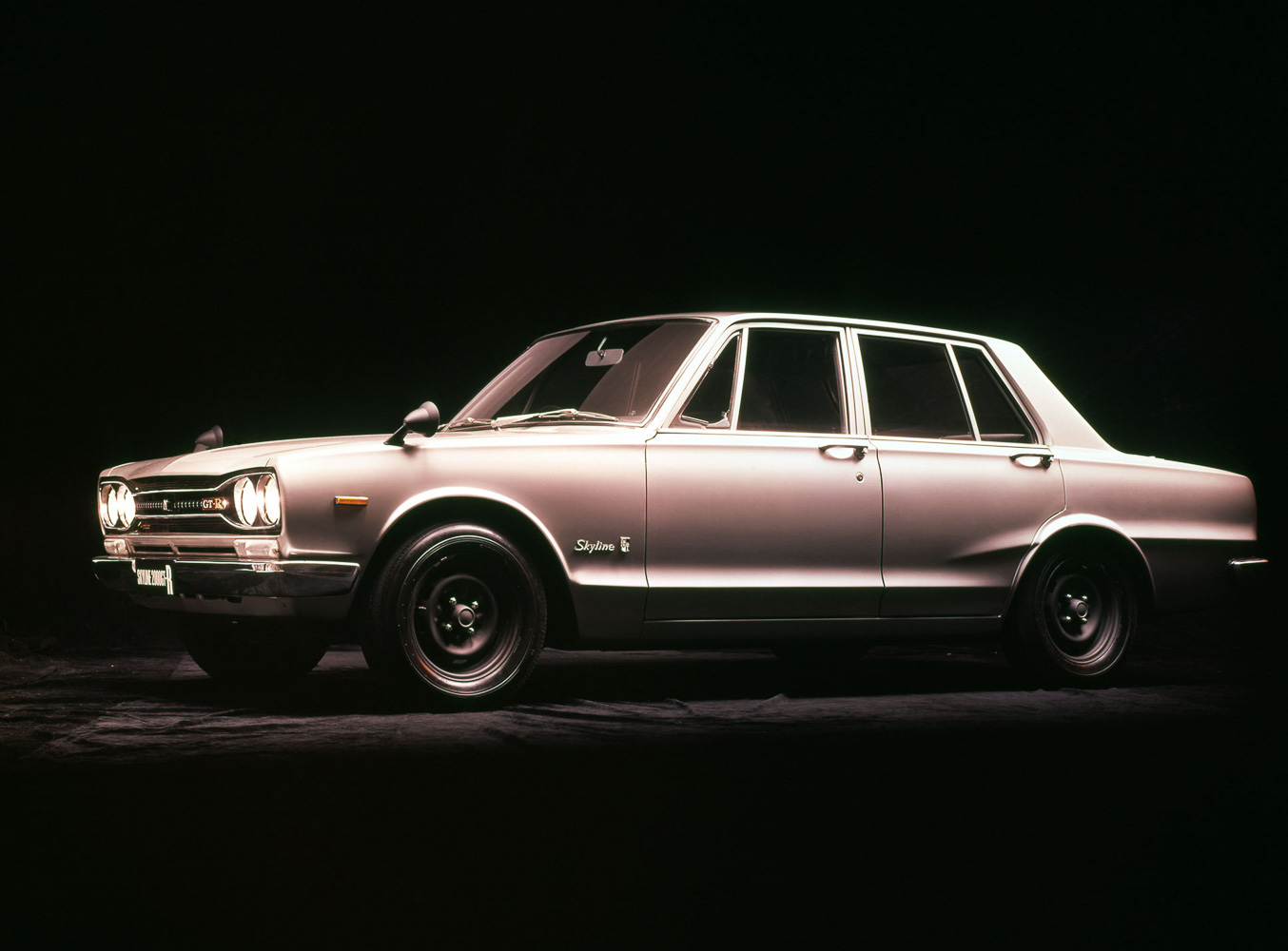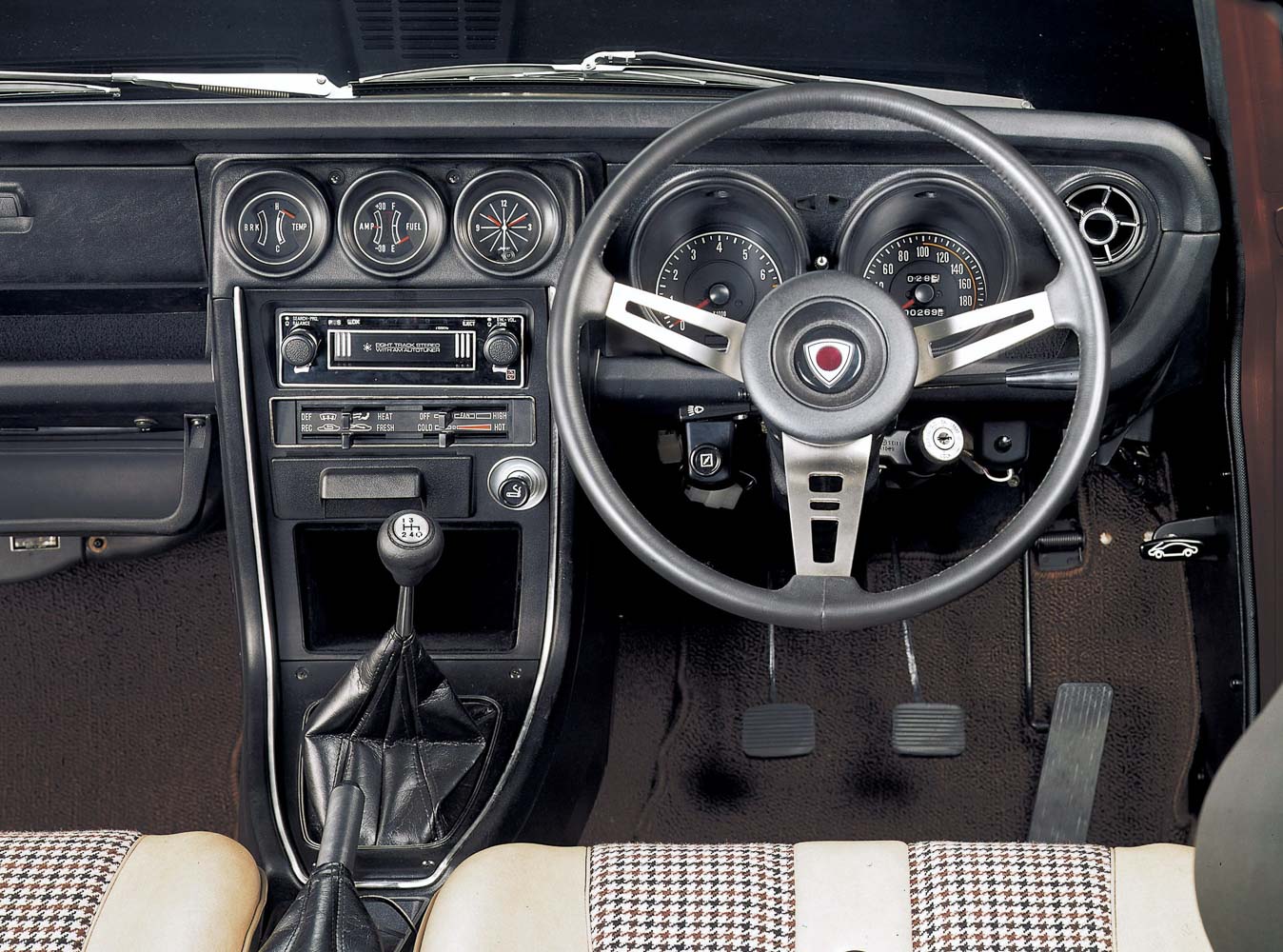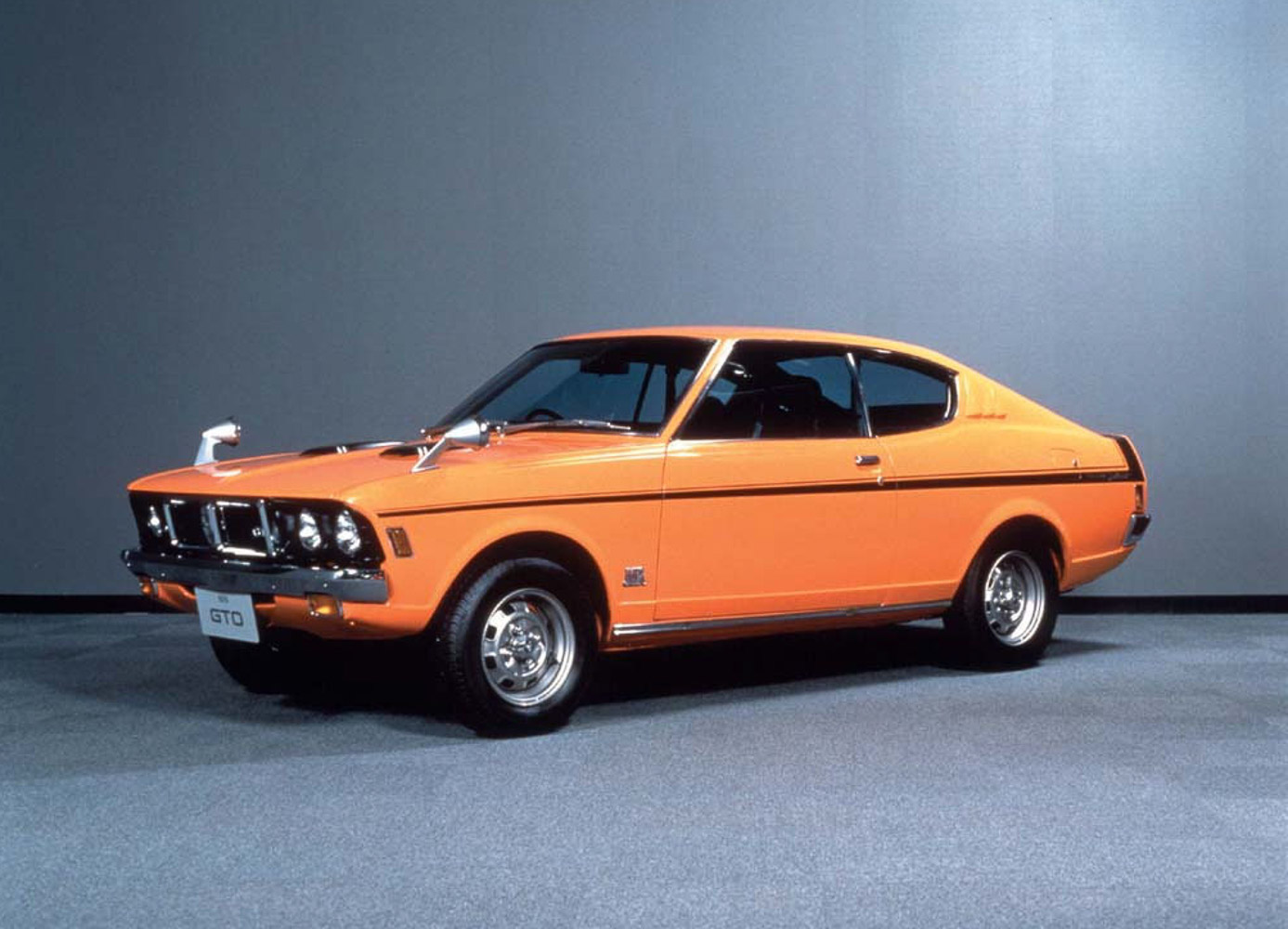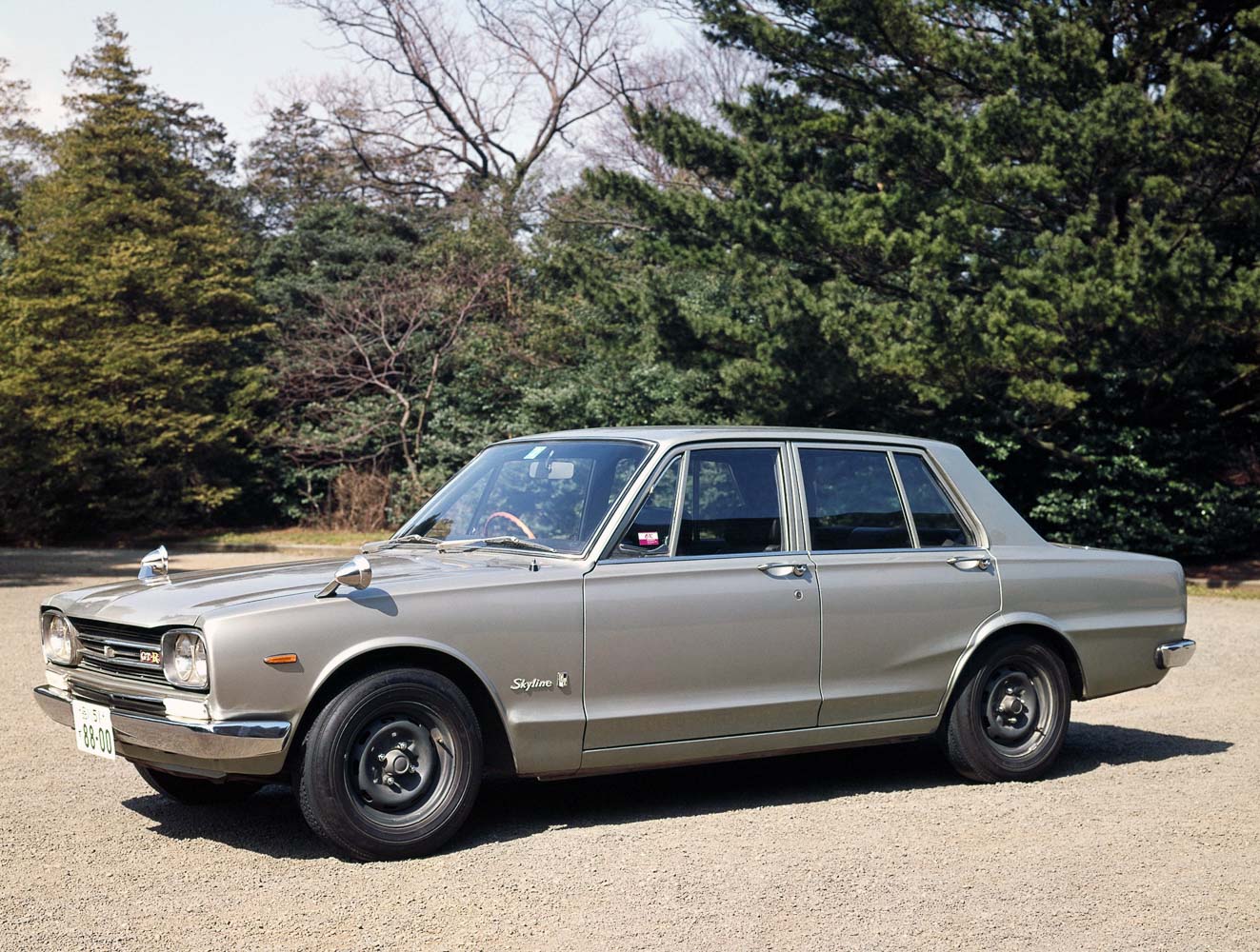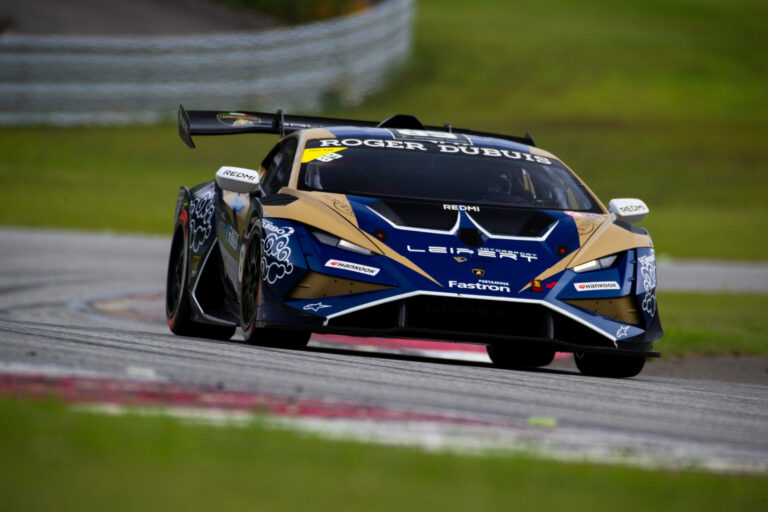There are many who believe that Japanese cars are tools. They’re a functional piece of equipment with a job to do. They’re commodities to be bought by large companies to ferry photocopier technicians to their next paper jam. They’re also a marketer’s dream: Are you old? Buy a Toyota Corolla. Do you have too many children? Buy a Honda Odyssey. Have you lost your will to live? Buy a Nissan Qashqai.
So then, a Japanese classic sounds like a bit of a paradox. One of our New Zealand Classic Car feature cars in Issue No. 305 is a 1970 Mitsubishi Galant GTO, and this, indeed, is a beautiful classic. Which made me wonder, where did it start? What are the original Japanese classics?
Following Japanese manufacturers’ successful foray into car building following World War II, they churned out huge numbers of cars that would go and go and go. Suddenly, the customer — especially the American customer — had an alternative to an enormously thirsty and simply enormous road tank. But the Japanese manufacturers were still lacking a certain je ne sais quoi. There was no soul, and we, the car people, need our cars to have soul. So what to do? Well, the Japanese, clever as they are, started building some pretty cool cars.
To name but a few:
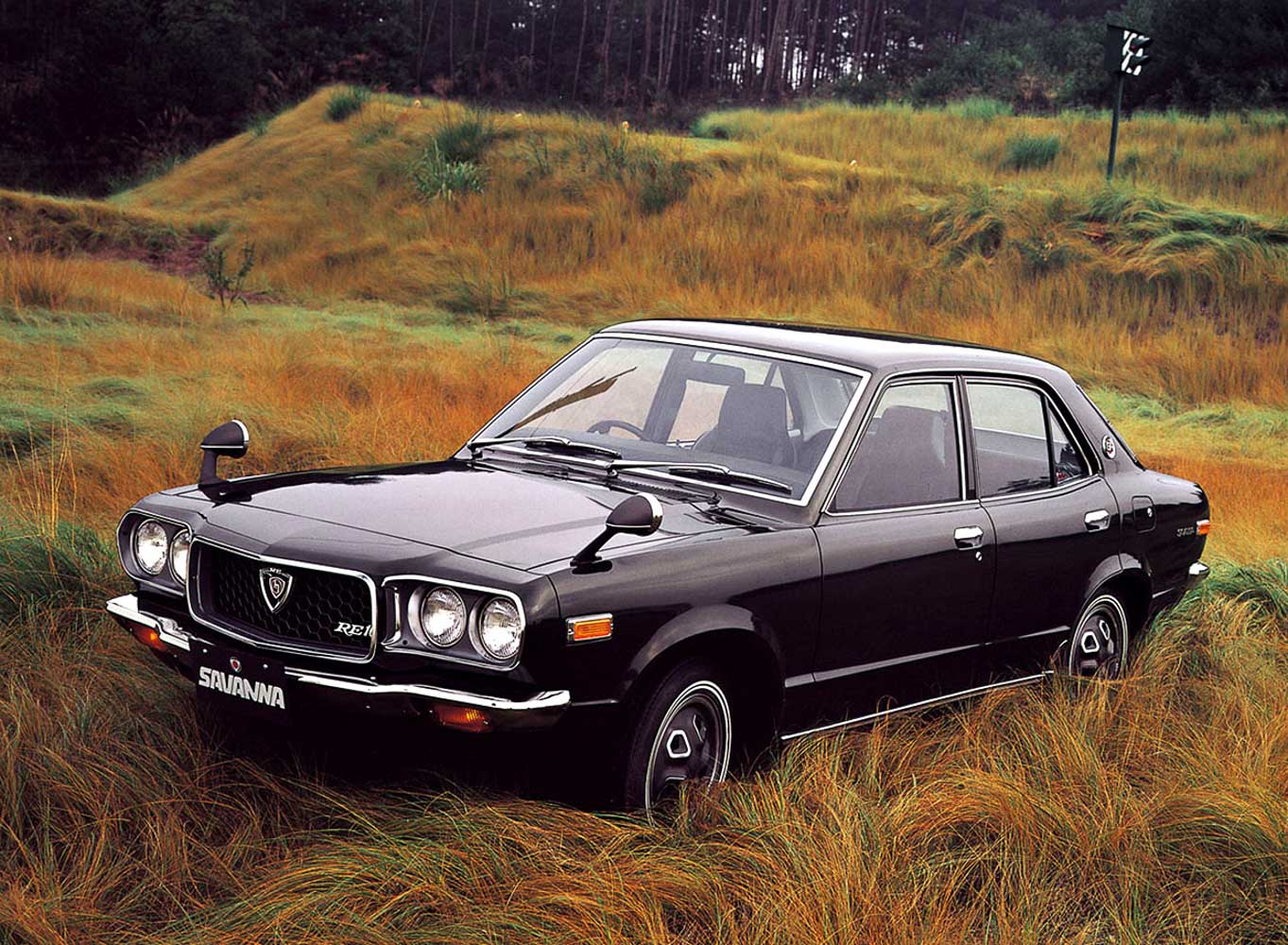
Mazda went the ever-reliable rotary route. The RX-2 was built under contract right here in New Zealand (sunny Otahuhu to be exact). Its sporty little brother, the RX-3, was on the shelves from 1971 through 1978 and proved a great success for Mazda even clocking up a fifth place in Bathurst 1975.

The original Nissan GT-R, released in 1969, is now one of the most sought-after cars in the world.The GT-R was powered by a 2.0-litre DOHC S20 I6 producing 160hp (120kW) at 7000rpm, and 177Nm (131 ft·lbf) of torque at 5600rpm. Not big numbers today, but this from a two-litre engine (only juice and milk come in two litres I hear you say), was quite simply staggering in the late ’60s.
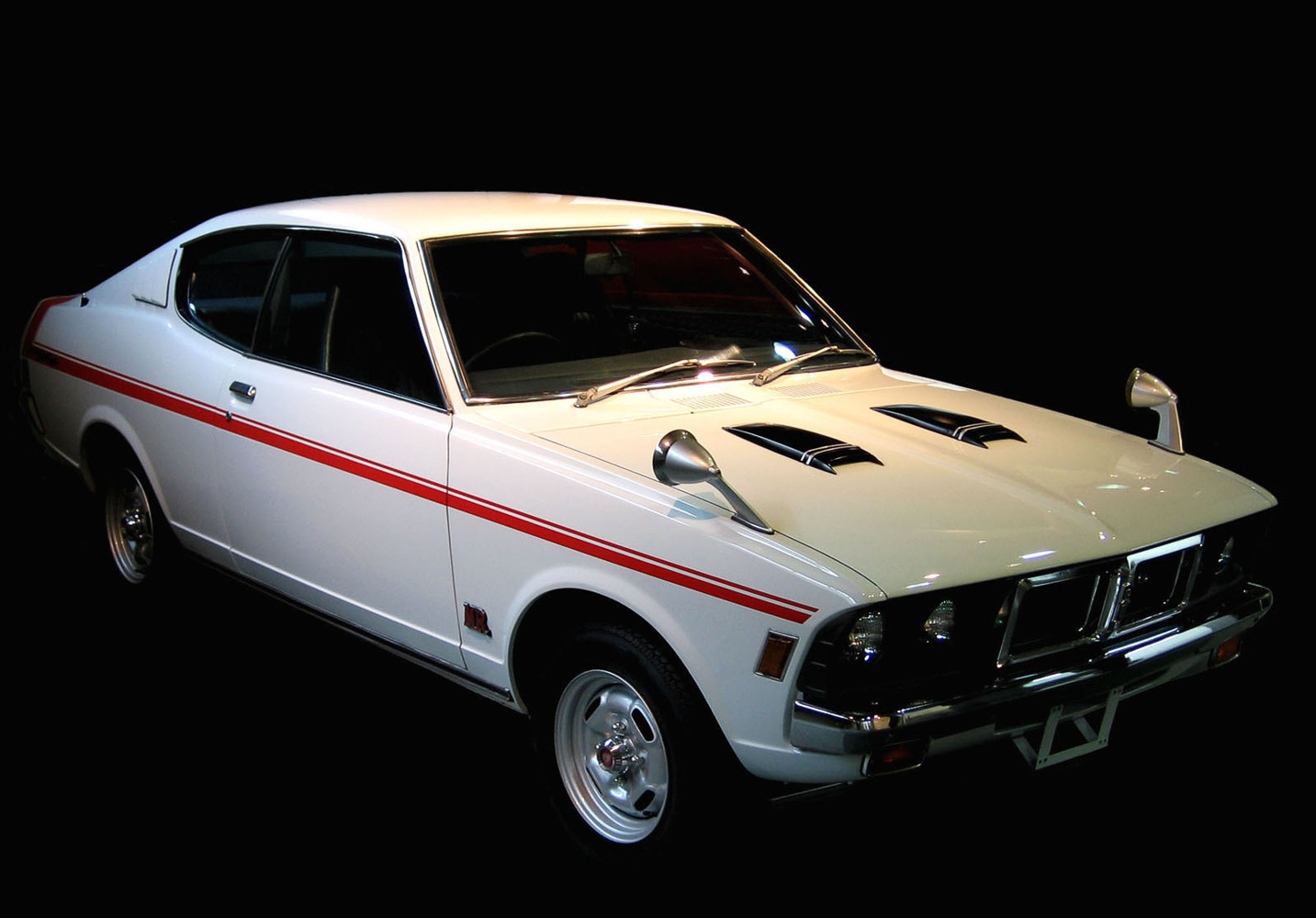
The Galant GTO (as featured in New Zealand Classic Car Issue No. 305) took inspiration from Detroit with a number of similarities in styling and stance. When you get a copy of Issue No. 305, check out the feature on page 58, have a look at the individual parts of the cars and you’ll recognize some sweeps and curves from some of the most famous muscle cars of the ’60s and ’70s.
What are some early Japanese classics you’d have in your garage?

